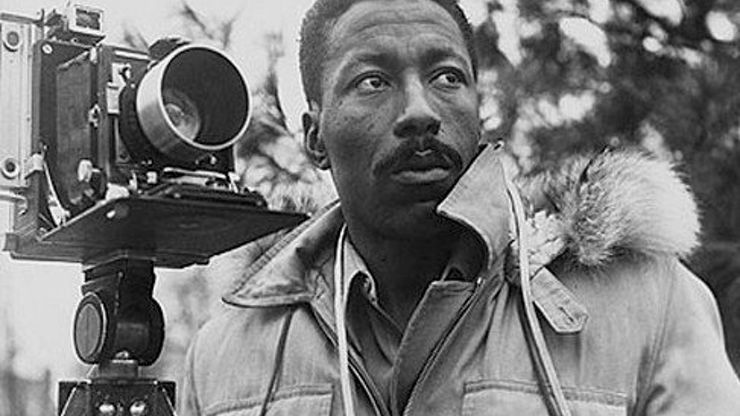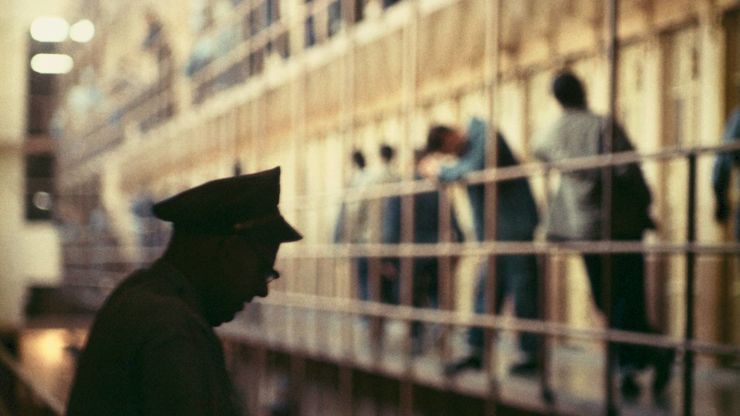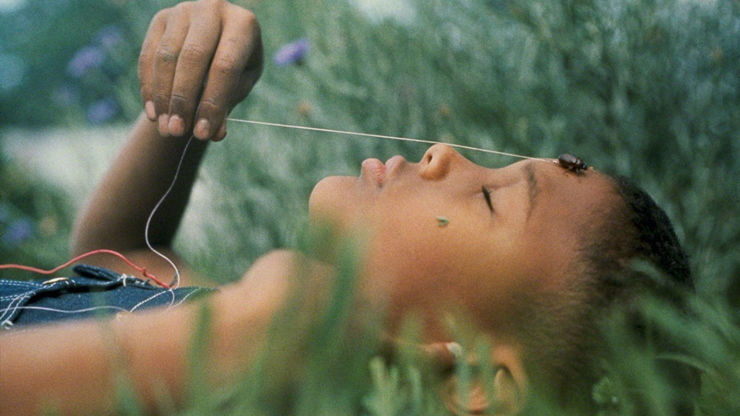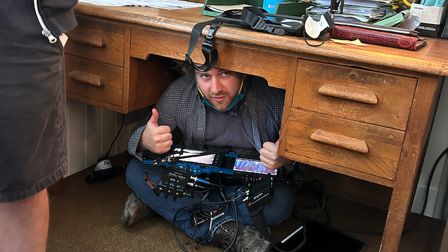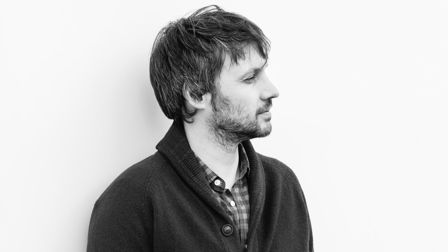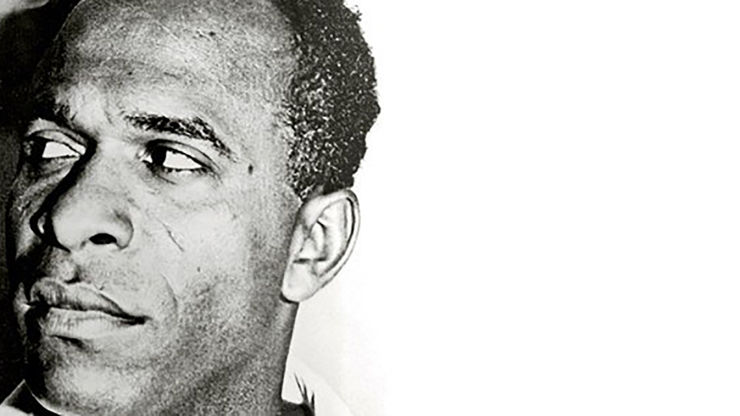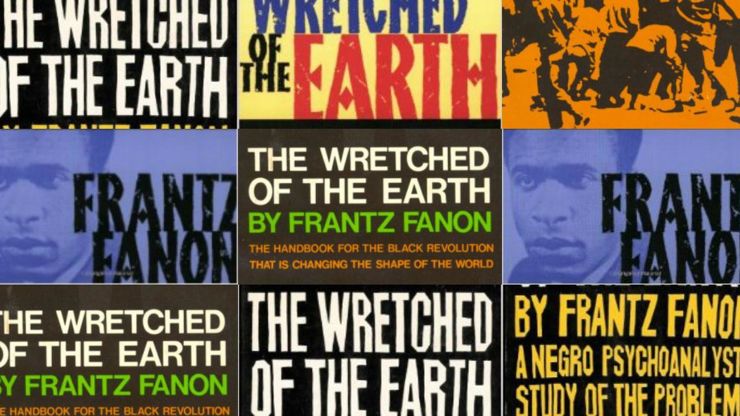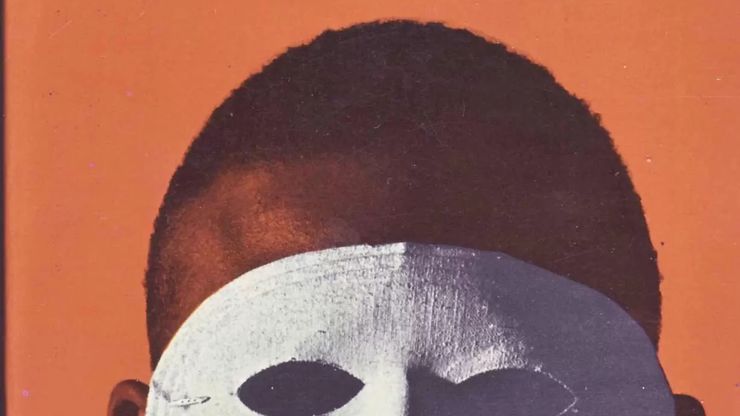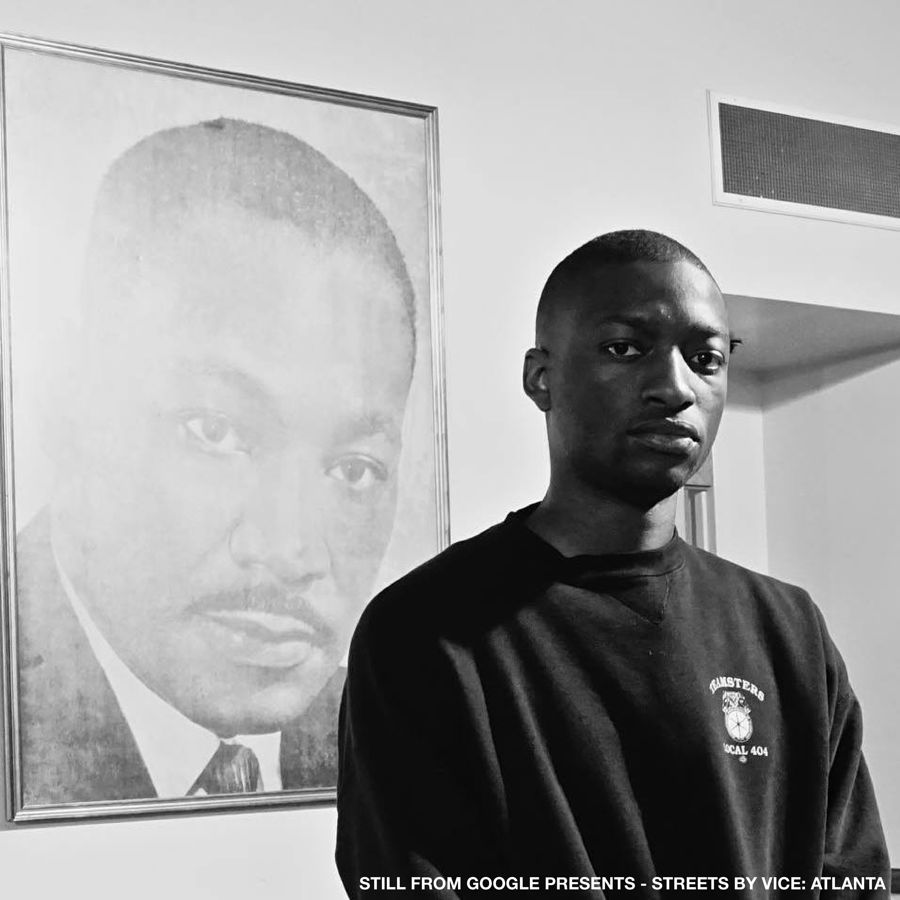)
Art of Advertising: Akil Gibbons
A multi-laureate director and reporter, Akil Gibbons, of Strike Anywhere, shares the pieces that inspire him as both a director and an objective witness of subjective truths.
City of God
This film is one of my all-time favorites as it blends fictional narrative and social documentary storytelling unlike anything I’ve personally ever seen. Set in the 80's in one of Rio De Janeiro’s marginalized favela neighborhoods, City of God is based on true events of warring gangs and shot entirely within that community. It follows a young photojournalist’s journey to prominence covering the events of violence as they occur. I was 13 years old when this film came out and it had a lasting impression on me as a filmmaker for both its powerful storytelling and unforgettable cinematography.
This story also mimics my own experience starting my career as a visual journalist, which began with documentaries about socio-political violence, mass incarceration, and gang cultures, featuring the perspectives of active members. City of God not only poetically reveals the tragic nature of poverty and cyclical violence that occurs especially amongst the youth, but also never fails to forget to illuminate the beauty and humanity within the favelas of Brazil.
Gordon Parks
This summer during the pandemic I’ve been working on a film project that’s both a narrative piece and documentary project in Harlem to honor a man who greatly impacted and inspired my career: Gordon Parks.
Gordon Parks was a prominent black photographer, musician, writer, journalist, and film director. His work from the 1940s through the 1970s chronicled the nation’s issues around civil rights and the black experience.
I saw that the camera could be a weapon against povery, against racism, against all sorts of social wrongs. I knew that at that point I had to have a camera. —Gordon Parks
Throughout Parks' iconic life, he captured an immortal perspective of American history, not only through his photography, but also as the first African American to produce and direct major motion pictures, credited as the creator of the blaxploitation genre. His extraordinary pictures broke the color line in professional filmmaking by creating expressive images that were impossible to ignore and consistently explored the social and economic impact of poverty, racism, and other forms of discrimination in American life.
My current project aims to modernize one of his unpublished photo-essays "Halem is Nowhere" which was created in conjunction with Ralph Ellison (author of The Invisible Man). That particular project began in Harlem's Lafargue Psychiatric Clinic during the 1940s—the first mental health clinic to provide care for both black and white patients in New York City. This clinic was cited as one of the cases during the Brown vs Board of education trials which deemed mandated segregation unconstitutional. Gordon's work as a photographer and documentarian inspires the work I do today as an extension of activism using film as a medium.
Frantz Fanon
Frantz Fanon was a French West Indian psychiatrist, political philosopher, and revolutionary writer who inspired me greatly in college for his exploration of “black existentialism” and deep analysis of the human, social, and cultural consequences of colonization and decolonization. He authored Wretched of the Earth, and Black Skin, White Mask (among many others), both of which were hugely influential to me.
As a trained psychiatrist, his perspective is fascinating, only matched by his poetic use of language as he breaks down the conundrum of racism, violence, and psychology in such a clear and poignant way that his works, first published in the 50s and 60s, are still just as relevant today in 2020.
I revisited Frantz Fanon’s Black Skin, White Masks during this past summer’s coronavirus pandemic while the disease, police brutality, and systemic racism left our country’s psyche reeling on such a level that the entire nation experienced a psychological reckoning. The book became a central part of some of the themes I began exploring how to modernize Gordon Parks' Harlem is Nowhere project. Of course Fanon's seminal work Black Skin, White Masks was exceptionally relevant given the metaphor of masks and the emphasis on the black condition and experience.
)
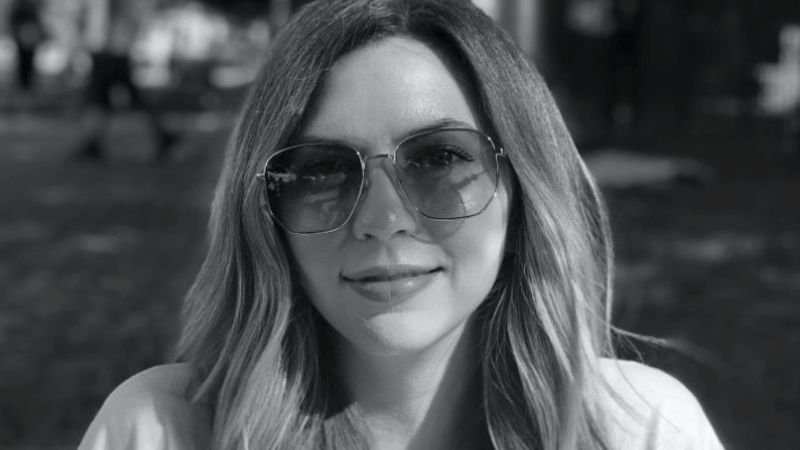

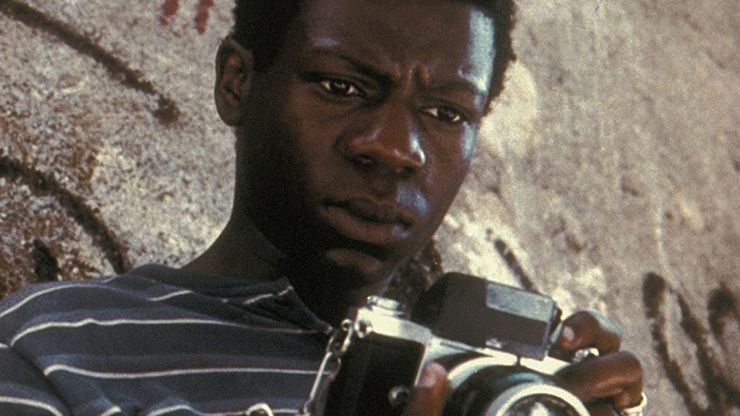
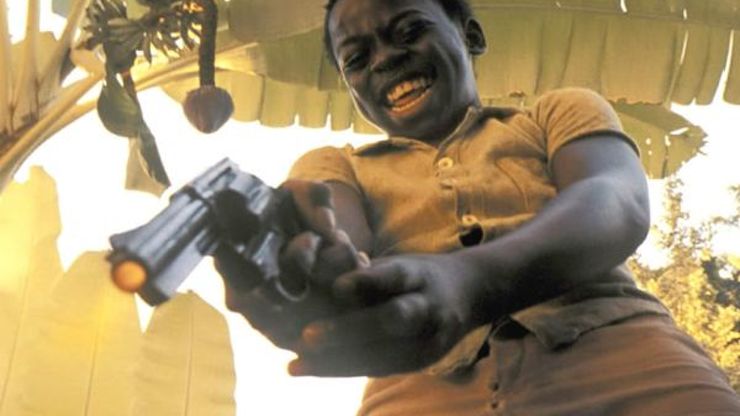
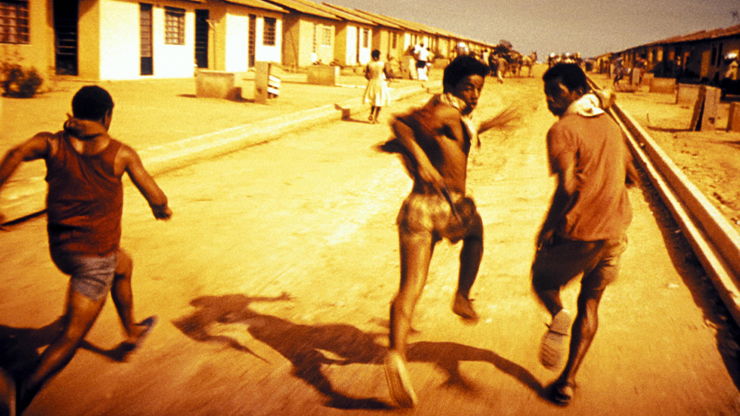
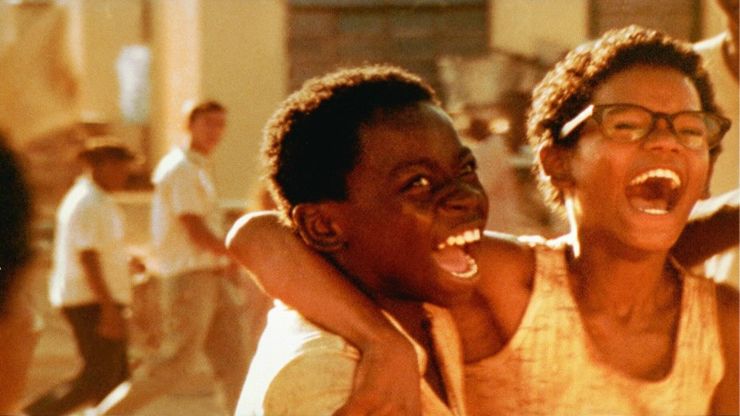



 + membership
+ membership

